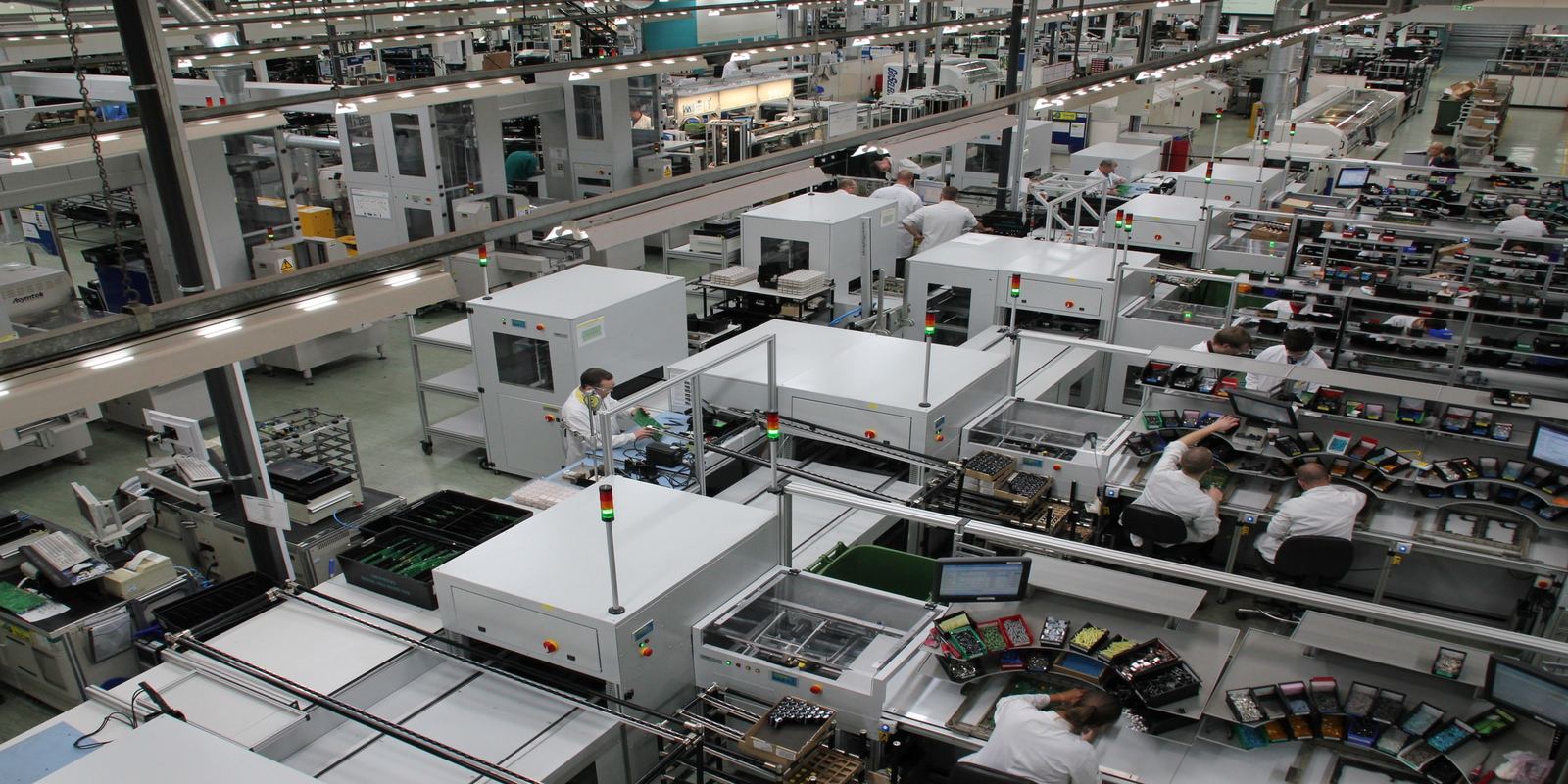
The specialist engineers at Simsol provided a simulation model which directly led to an increase in productivity and since further productivity savings to help achieve our year end financial target. We can now go on to use the model to explore future automation opportunities and again guide our decisions, backing up results with tangible benefits.
Graham Tapp, Lean Operations Manager, Siemens Congleton
The Siemens plant in Congleton is globally recognised for delivering electronics components, competing on quality and price worldwide with a zero defect culture. The organisation has a commitment to continual improvements and collaborated with smart expert partner, Simsol, to draw on expertise in Plant Simulation. This digital manufacturing software gives a strategic overview of a production, allowing users to test elements and validate process improvements in an environment with no risk.
With a focus on production system design and driving efficiencies, the organisation wanted support on a project directed at splitting value streams to increase capacity in the plant.
The initial thinking, based on manual processes, was that four coating lines were needed to fulfil the project and meet targets, meaning investment in a new line. Siemens worked with Simsol to validate the proposal before committing to any capital investment, as well as identifying further efficiencies using simulation.
The scope of the project was to identify and implement a layout, exploring whether three coating lines and Automated Intelligent Vehicles (AIVs) could deliver the correct material to the correct final assembly cell. As part of the coating process, it sits in the fourth main part of the manufacturing build and is the last step prior to final assembly where 90% of outputs pass through. A key deliverable was getting a clear decision informed by data on replacing manual delivery of product with an automated solution.
Areas explored were:
By testing the production with simulation, the team were able to optimise and validate capacity using three coating lines, saving on the planned investment in a new line. In addition to this, automation allowed for a redeployment of two operatives involved in manual processes, as well as reducing transport waste in the production system.
The Siemens team can go on to use their ‘digital twin’ replica of the production at Congleton as a resource for future project planning – using this to identify the best processes to meet production targets and test ideas for further improvements.